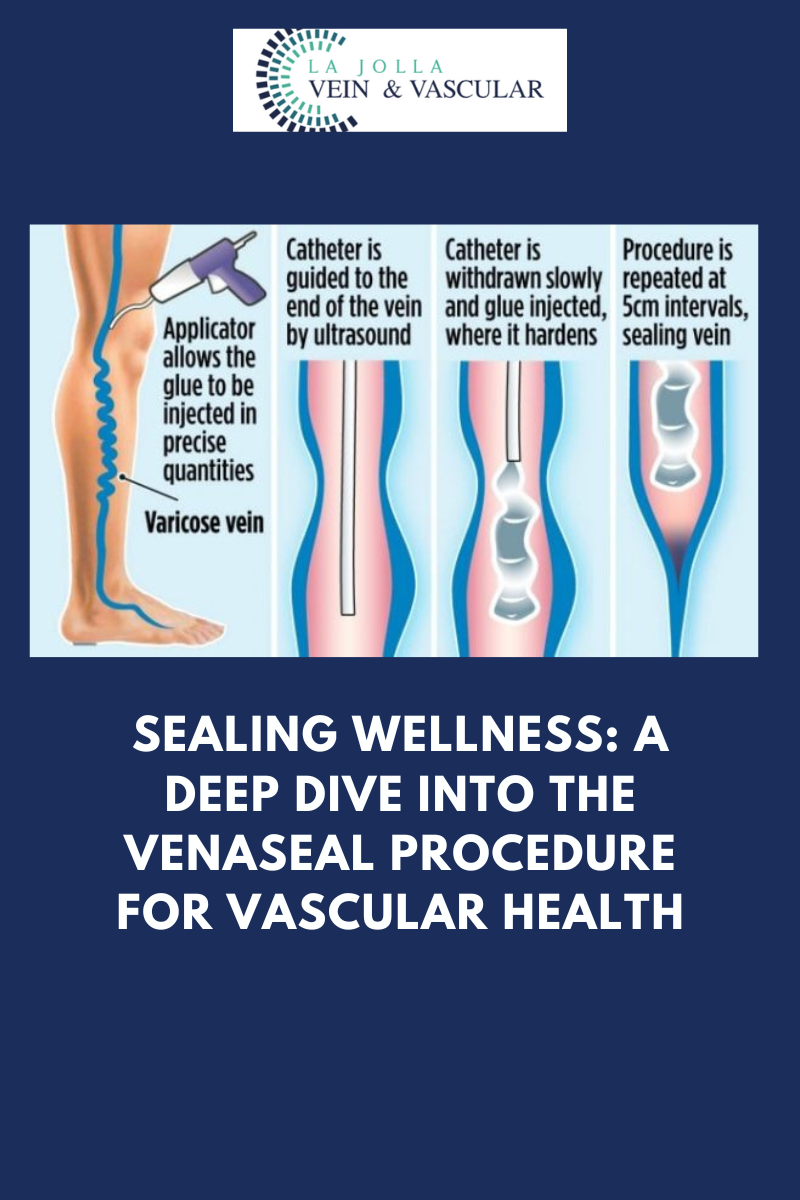Blood Clotting & Vein Health

When blood moves too slowly in your veins, it can cause a clump of blood cells (a blood clot or Thrombus). Deep vein thrombosis (DVT) is a condition in which a blood clot forms in the deep vein located in the leg, thigh, or pelvis. While Deep vein thrombosis (DVT) is common in the lower leg, it can also develop in other body parts, including the arms. So, how do blood clots form in the veins, and is it dangerous?
To answer this, let us look at how the blood circulates in the body. The blood circulatory system consists of two blood vessels, namely the arteries and veins. The arteries carry blood rich in nutrients and oxygen from the heart, while the veins carry the deoxygenated blood back to the heart. Arteries have thin muscles within their walls that make them capable of withstanding the pumping pressure from the heart. However, the veins have no muscle lining and entirely depend on the muscle movement to take the blood back to the heart.
Blood clots may form when something slows or changes the flow of blood in the veins. Risk factors include:
- After a pacemaker catheter has been passed through the vein in the groin
- Bedrest
- Cigarette smoking
- Family history of blood clots
- Fractures in the pelvis or legs
- Giving birth within the last 6 months
- Heart failure
- Obesity
- Recent surgery (especially hip, knee, or female pelvic surgery)
- Too many blood cells being made by the bone marrow (polycythemia vera), causing the blood to be thicker and slower than normal
You’re also more likely to develop DVT if you have any of the following conditions:
- Blood that is more likely to clot (hypercoagulability)
- Cancer
- Taking estrogens or birth control pills.
- Long airplane flights: London’s Heathrow Airport reports one passenger death a month from DVT. One nearby hospital recorded thirty passenger deaths from DVT in the past three years including a 28-year-old man. To reduce the risk of DVT during air travel, passengers are advised to wear compression stockings on flights, frequently moving around the cabin and pumping the calf muscles, leg elevation and avoidance of sedentary positions for long periods of time without moving.
An interesting finding: A point mutation (G20210A) in the Factor II (prothrombin) gene is the second most common cause of inherited blood clots and accounts for 20% of the inherited blood clotting disorders. The incidence of this mutation in the Caucasian population is 1-2% and in African Americans it is 0.1%. Carriers of this mutation have an increased risk (3x) of developing a blood clot in the deep veins (deep venous thrombosis or DVT). A test for this mutation is usually only recommended if there is a family history of blood clots (DVT) or in cases where the cause of the blood clot is not clear or in pregnant women with recurrent miscarriages. A more common cause of a blood clotting disorder that is inherited from the parents is the Factor V Leiden mutation.
If you experience any vein disease symptoms, please call our office at (858)-550-0330 to schedule a consultation with one of our knowledgeable doctors at La Jolla Vein and Vascular.
For more information on vein health please check out our Youtube Channel or visit our helpful guide of resources.





